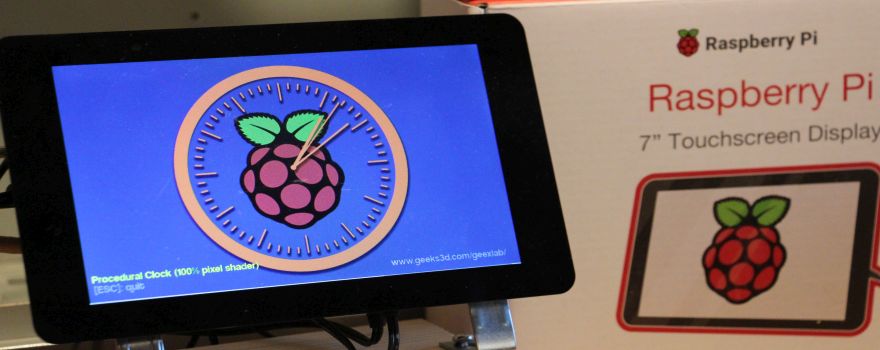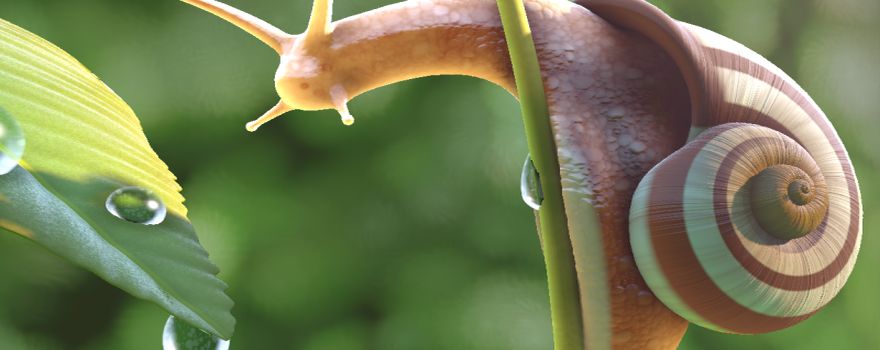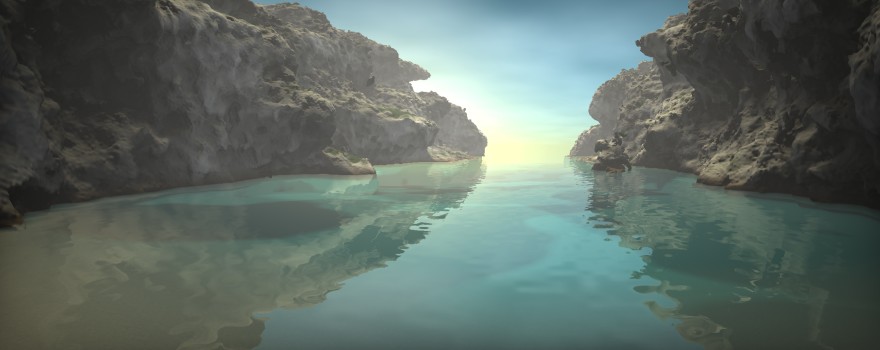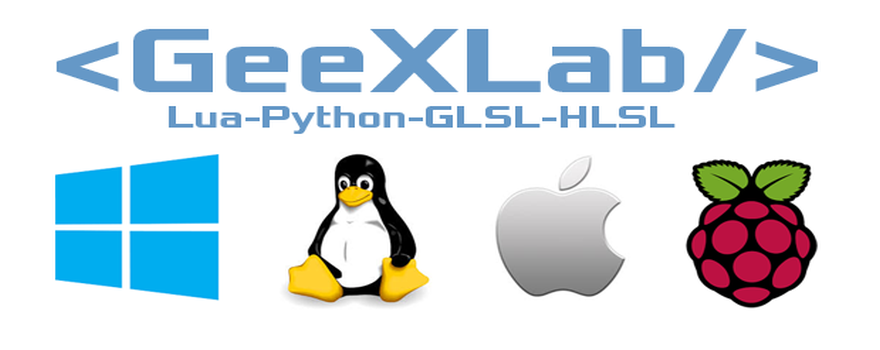Don’t know what to do with the 7-inch touchscreen display you bought for your Raspberry Pi? Transform it in a clock.
Here is a ready-to-use GeeXLab demo (OpenGL ES 2.0), that displays a clock.
Graphics Cards and GPUs News, Graphics Programming, Home of FurMark

Don’t know what to do with the 7-inch touchscreen display you bought for your Raspberry Pi? Transform it in a clock.
Here is a ready-to-use GeeXLab demo (OpenGL ES 2.0), that displays a clock.

GeeXLab, the successor of GLSL Hacker, comes with the support of Direct3D 12. It’s not a full support but most of the basic things are available: command lists (CL), pipeline state objects (PSO), constant buffers (CB) and HLSL shaders.

The wizard behind Shadertoy has struk once again with this beautiful demo showing an animated snail.

La Calanque is a nice demo and a heavy pixel shader test based on this Shadertoy demo. This test is perfect to benchmark high-end graphics cards.

The GLSL Hacker project is now officially stopped. To make a long story short, the support of Direct3D 12 as well as the upcoming support of Vulkan (when it will be available) are the main reasons that have led to a change of name.

Last week, I ordered this 5-inch touch display with a resolution of 800×480 pixels. I was curious to see how it would work with a Raspberry Pi and to what GLSL Hacker demos would look like.